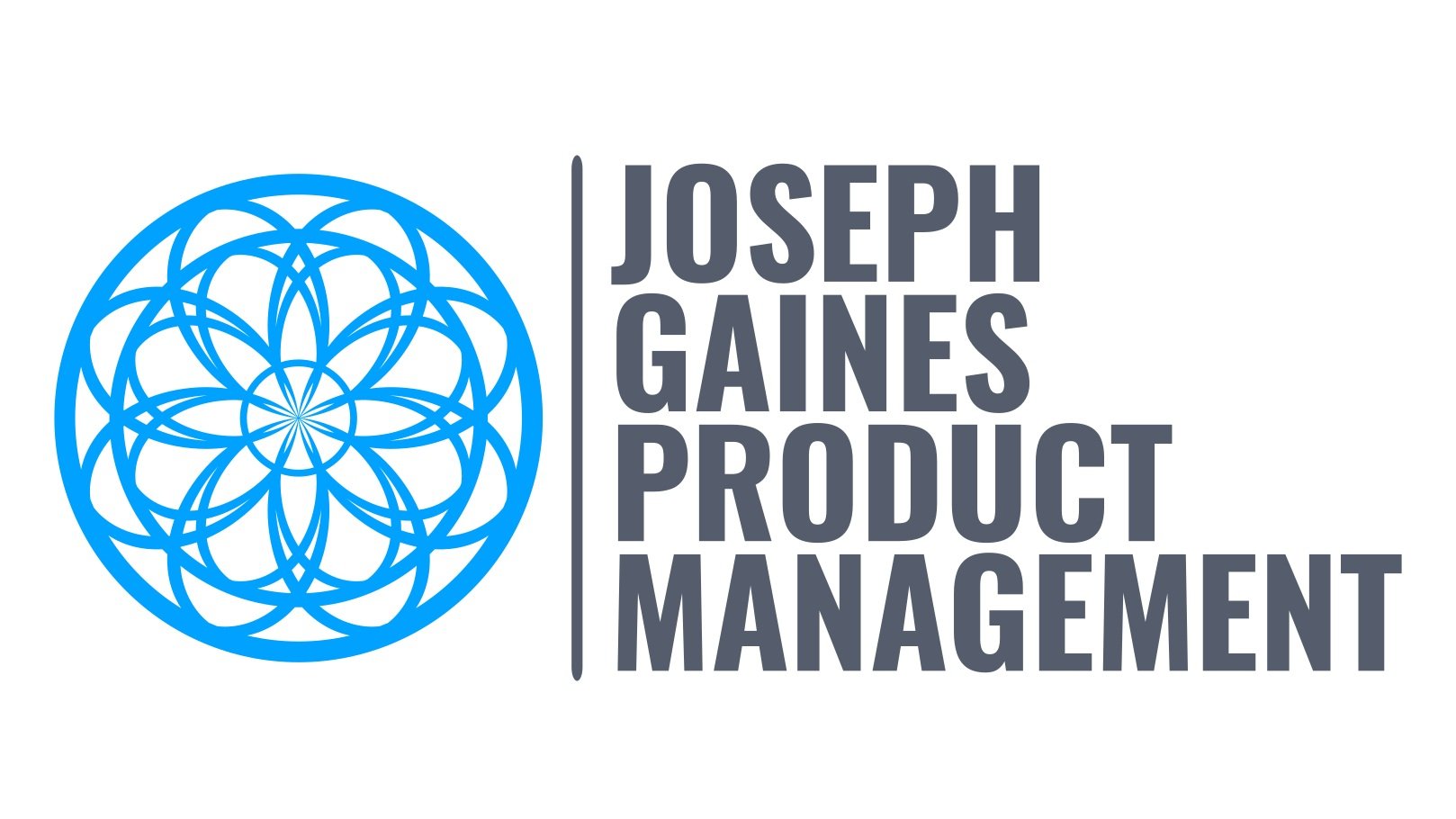IN DEPTH #6:
Reality Checks & The UX Research Process
Onstage / Offstage / Backstage
Having a UX-oriented project like this one is a lot like baking a pie: you’re excited about making the pie, the pie smells amazing, you can’t wait to have the pie — but there’s always the possibility it could end up on your face, instead.
On the one hand, I’m tackling something about which I have no small amount of domain expertise (opera, specifically, and live theater, more broadly): I’ve worked onstage extensively as a performer for years; for several years in college, I worked backstage as a stage manager (essentially, an air traffic controller who keeps people and objects flowing smoothly and safely on and off the stage at all times); and I’ve also worked offstage altogether in nonprofit development as a full-time fundraising staffer at a major American repertory theater company.
I’ve also been a founding board member of a small, opera-producing arts organization, giving me a taste of startup entrepreneurship from the nonprofit side. That was one of the hardest jobs I’ve ever had — and it was unpaid, because, well, volunteer leadership.
On the other hand, because we’re so close to the subject, the customers, and prospective users, we run the risks both of letting the scale of everything run amok, as well as overestimating the market (in this case, the prospective users). Just because Emily and I get excited about this doesn’t mean that everyone else will, too.
And so this is where the rubber meets the proverbial road, and where the build-measure-learn feedback loop provided by Agile software development in general — and the User Experience Research process in particular — can help.
“We could really use your help.”
In any endeavor, one of the quickest ways to find help when you need it is to ask. And asking for help in the form of information is at the core of User Experience Research, which flows directly from the field of User Experience Design in software development.
For the Central City Opera Alumni Association Project, principally we need to identify our users, then we have to find them, then in some way ask them or interview them in ways that will help inform what we choose to do next.
Fortunately, in the age of social media, tracking down opinionated people who work in the opera biz isn’t difficult [Edited to add after having completed the first survey: well, it was actually harder than we thought, but still eminently doable as evidenced by the survey results]. Not only are the vast majority are some form of social media (Facebook, especially), but also, at least as far as performers go, we are conditioned that we constantly need to hustle and we must be visible. And while I know many performers (or artists in other disciplines who work in opera, like conducting, or stage directing, or design) who struggle with either the hustle or the self-promotion aspect, I’m also confident that we can reach almost everyone who this might interest.
How they’ll respond is a different question altogether.
“May I have your attention, please.”
One of the simplest, cheapest, and most direct ways of obtaining the kind of information we seek is by a survey. And (lucky us) there are a plethora of free or inexpensive options available out there for our needs. The most likely tool for our purposes will be SurveyMonkey, the customizability of which strongly appeals to me.
I’m fortunate to have had so many more experienced UXers mentoring me of late. And it’s been pointed out to me, that, given our timeline, wrapping up the survey part of this process by Nov. 1, 2019, would be wise, given that, post-Halloween, we’re likely to see diminishing returns (i.e. response rate) as everyone’s attention shifts more to the holidays overall.
So, as of now, my goal is to have the survey up and running on social media and elsewhere by Oct. 1, 2019, to run it for a month, and then likely wrap it up come Nov. 1. That said, we’ll certainly keep a close eye on the analytics to measure engagement, as well.




